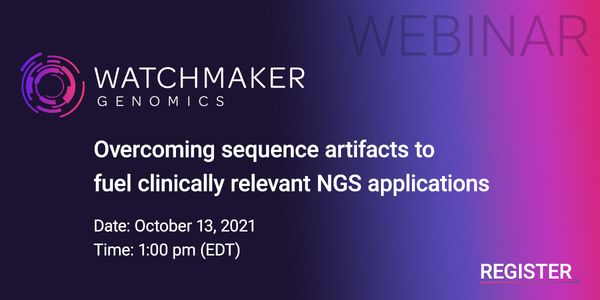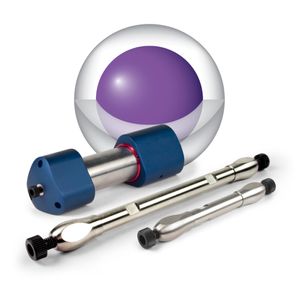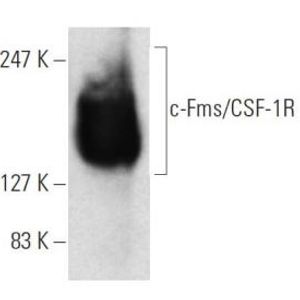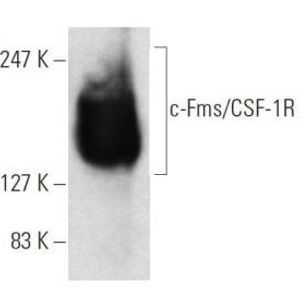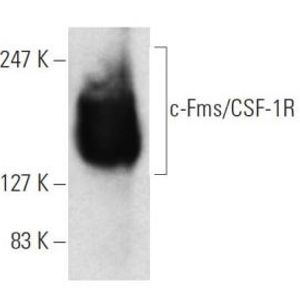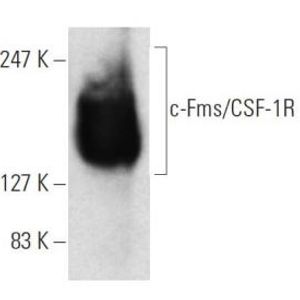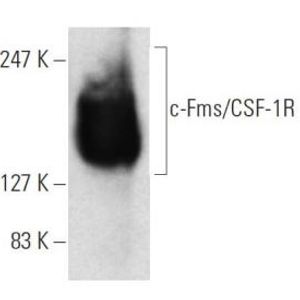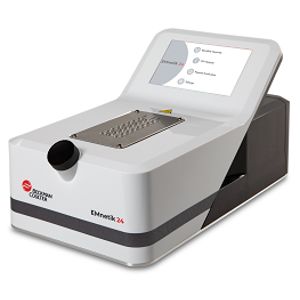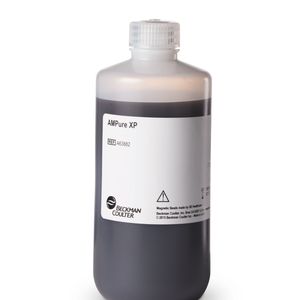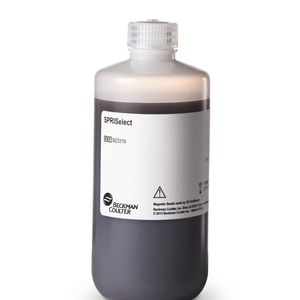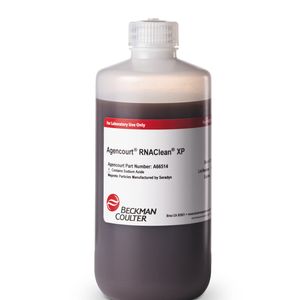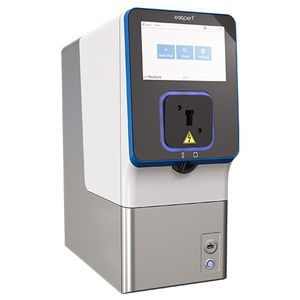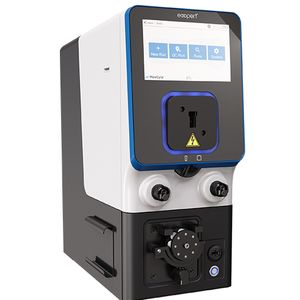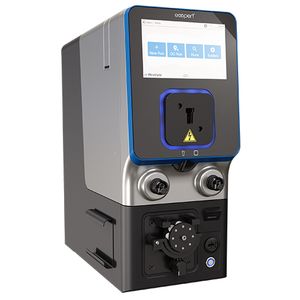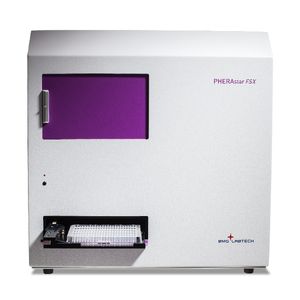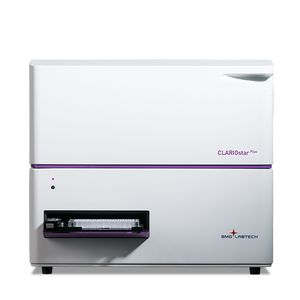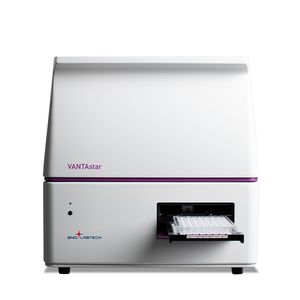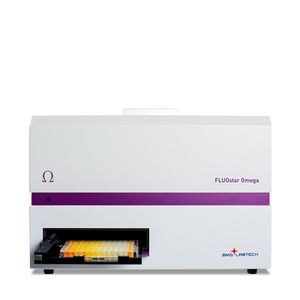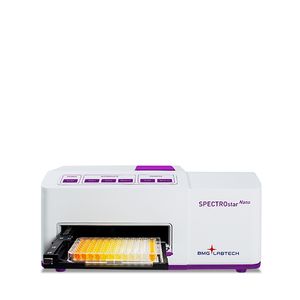WEBINARS
Our webinars allow users to learn from experts and earn continuing education credits on industry topics, progress in research, services available, and more.
Show More
-
OCT 20, 2021 | 10:00 AMDate: October 20, 2021 Time:10:00am (PDT), 1:00pm (EDT) As the prevalence of Diabetes continues to rise in many areas across the globe, healthcare providers continue to look for methods that...
-
OCT 20, 2021 | 9:00 AMDate: October 20, 2021 Time: 9:00am (PDT), 12:00pm (EDT) Protein therapeutics is one of the major drug modalities in biopharma industry. With more and more elucidation of disease pathology,...
-
OCT 20, 2021 | 9:00 AMDate: October 20, 2021 Time: 9:00am PDT Cryo-electron microscopy (cryo-EM) is rapidly evolving to be the primary tool for structure determination of membrane proteins. However, generation of...
-
Recently, a novel hybrid surface technology (HST) has been developed to mitigate metal analyte interactions in liquid chromatography. We have evaluated the performance of instruments and col...
OCT 20, 2021 | 8:00 AM
Date: October 20, 2021 Time: 8:00am (PDT), 11:00am (EDT) From transistors to LEDs, as device length scales trend downward, poor thermal dissipation increasingly leads to nanoscale hotspots t...
Cannabis & Hemp pesticide and mycotoxin testing is difficult and time-consuming for a compliance testing laboratory. With dedicated fully automated cannabis & hemp flower workflows d...
OCT 19, 2021 | 7:00 AM
Date: October 19, 2021 Time: 7:00am (PDT), 10:00am (EDT) Telomere length is linked to varied epidemiological factors and a precise measure-ment of telomere condition can bring important insi...
OCT 19, 2021 | 6:00 AM
Date: October 19, 2021 Time: 6:00am (PDT), 9:00am (EDT), 3:00pm (CEST) Colleen Monaghan will present Hain Lifescience IVD workflows for the latest SARS-CoV-2 diagnostic assays. Rapid respons...
OCT 14, 2021 | 9:00 AM
Date: October 14, 2021 Time: 9:00am (PDT), 12:00pm (EDT), 5:00pm GMT Western blot analysis is a method widely used in the lab today because of its versatility in detecting and measuring spe...
OCT 14, 2021 | 8:00 AM
Date: October 14, 2021 Time: 8:00am (PDT), 11:00am (EDT) The primary role of B cells is to secrete antibodies, boosting our adaptive immune responses, making them an essential part of our im...
OCT 14, 2021 | 7:00 AM
Date: October 14, 2021 Time: 7:00am (PDT), 10:00am (EDT) Heterologous protein expression in model organisms has many applications, including protein engineering, production of industrial enz...
The risk of mortality from COVID-19 follows a sharp age gradient, with older populations facing a thousand fold higher risk of death upon infection than children. At the same time, the COVID...
Vaccination and infection are two different paths to immunity. Understanding human immune responses to SARS-CoV-2 RNA vaccines is of interest for a panoply of reasons. mRNA vaccines have dem...
























